Boseong Green Tea Plantation Light Festival - 보성차밭 빛축제

Introduction Boseong Green Tea Plantation Light Festival will take place in the green tea fields of Boseong, one of Korea's most well-known tourist destinations. A large tree will be set up and various other places will be decorated with lights in the Hoecheon-myeon, Yeongcheon-ri regions. The festival will send a message of hope for the New Year to tourist and residents who visit Boseong during the winter period. Boseong, the green tea capital, will present the nation's largest green tea field tree, which will strike a beautiful image of Boseong into the hearts of all its winter guests. Those who visit the festival will wish to stay longer in Boseong and participate in all the events, rather than merely passing through. Programs Large tree decorated with lights, photo zone, Milky Way Tunnel, theme street in green tea field, etc. Performance Times [Lighting hours] Monday to Thursday: 18:00-22:00 Friday to Saturday: 18:00-24:00 Admission Free Address 61

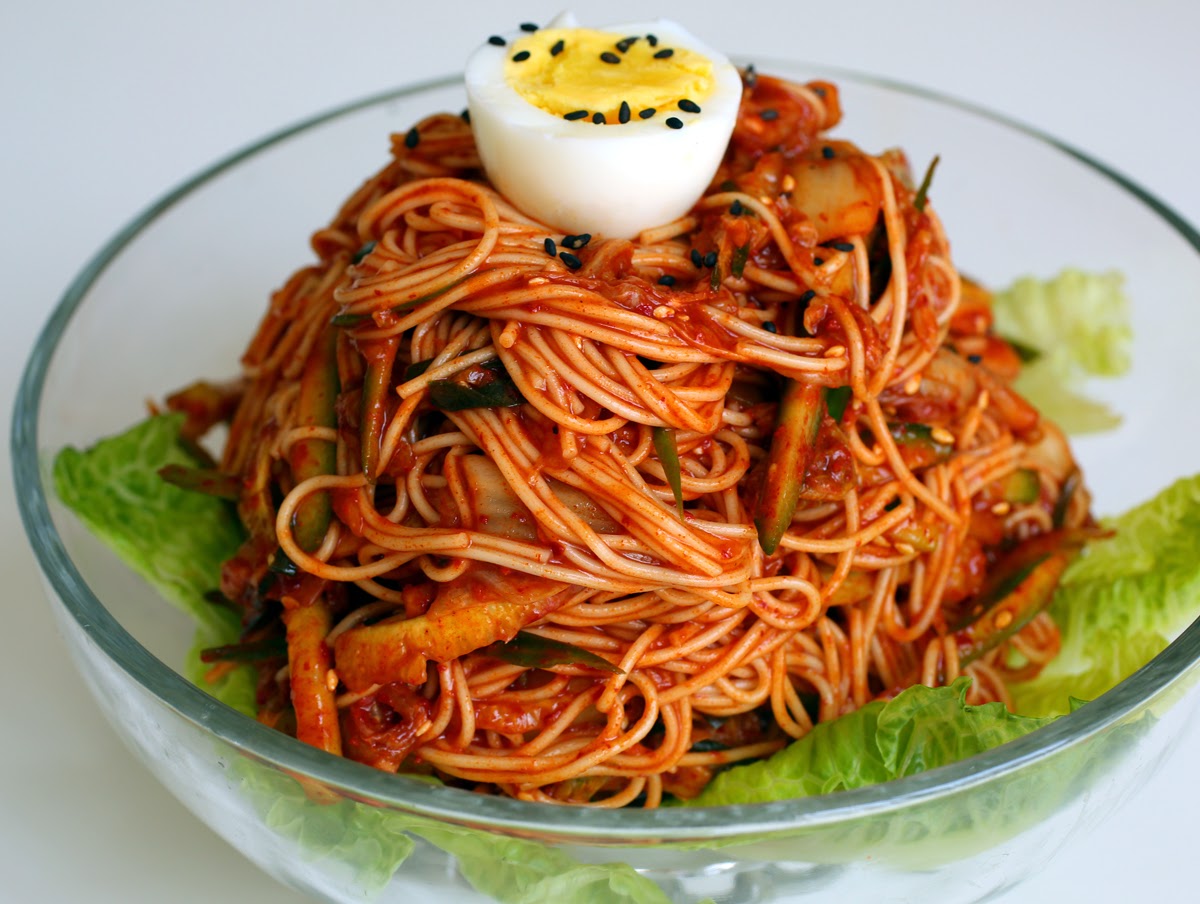

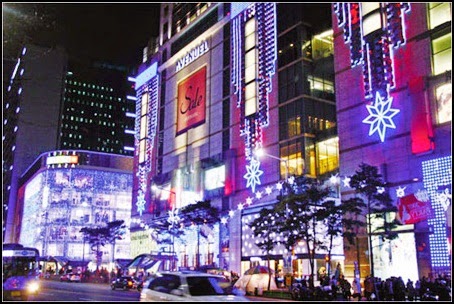
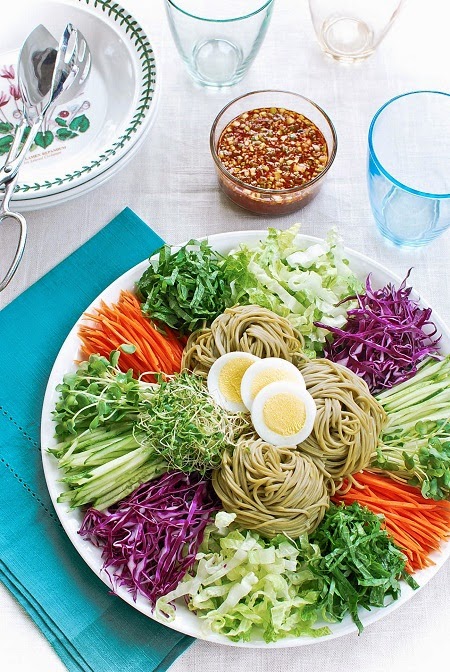
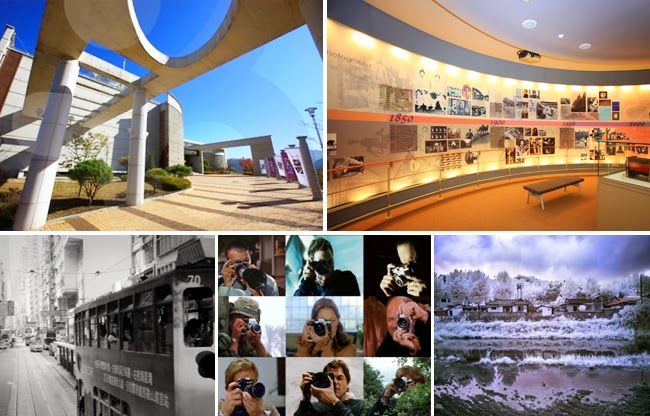
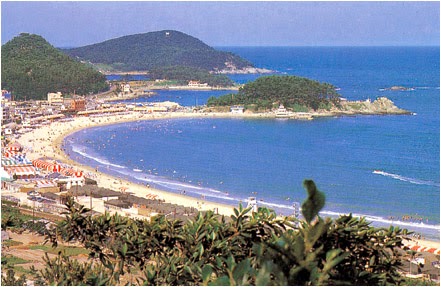
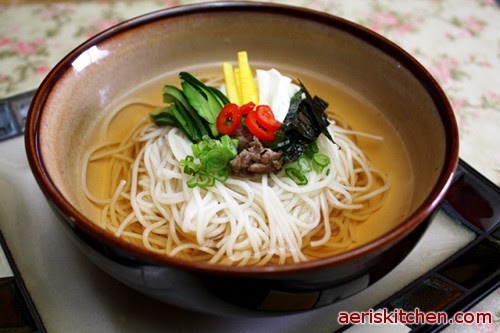
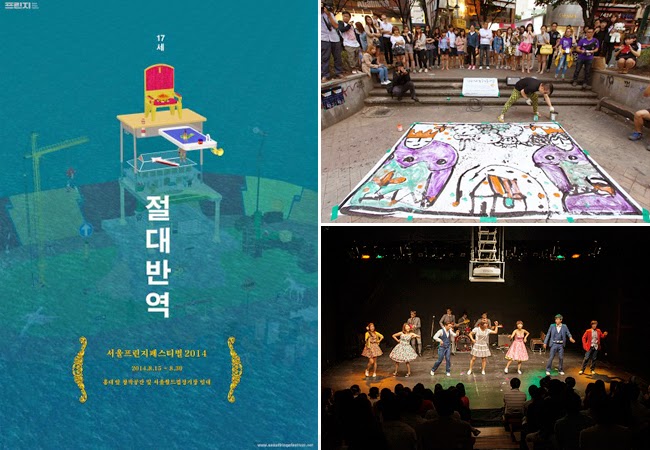
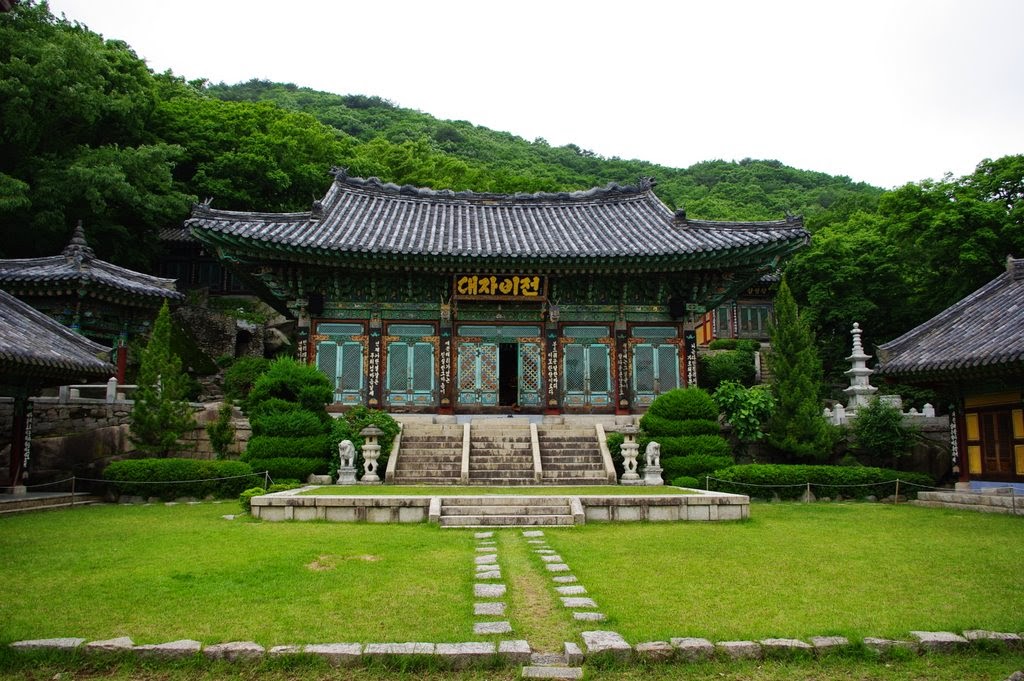

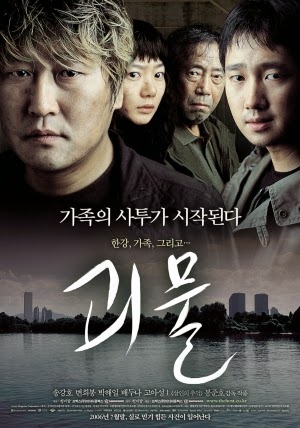
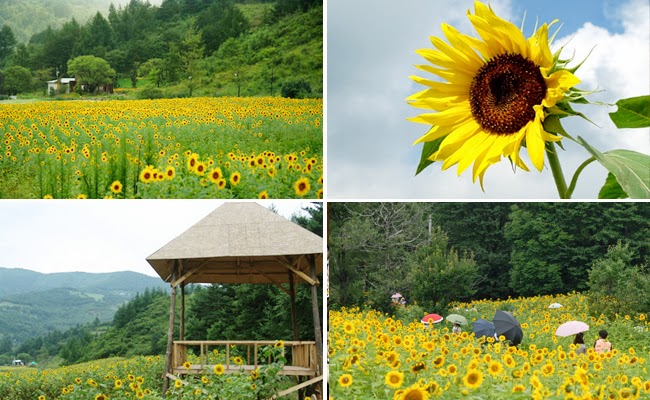
.jpg)
